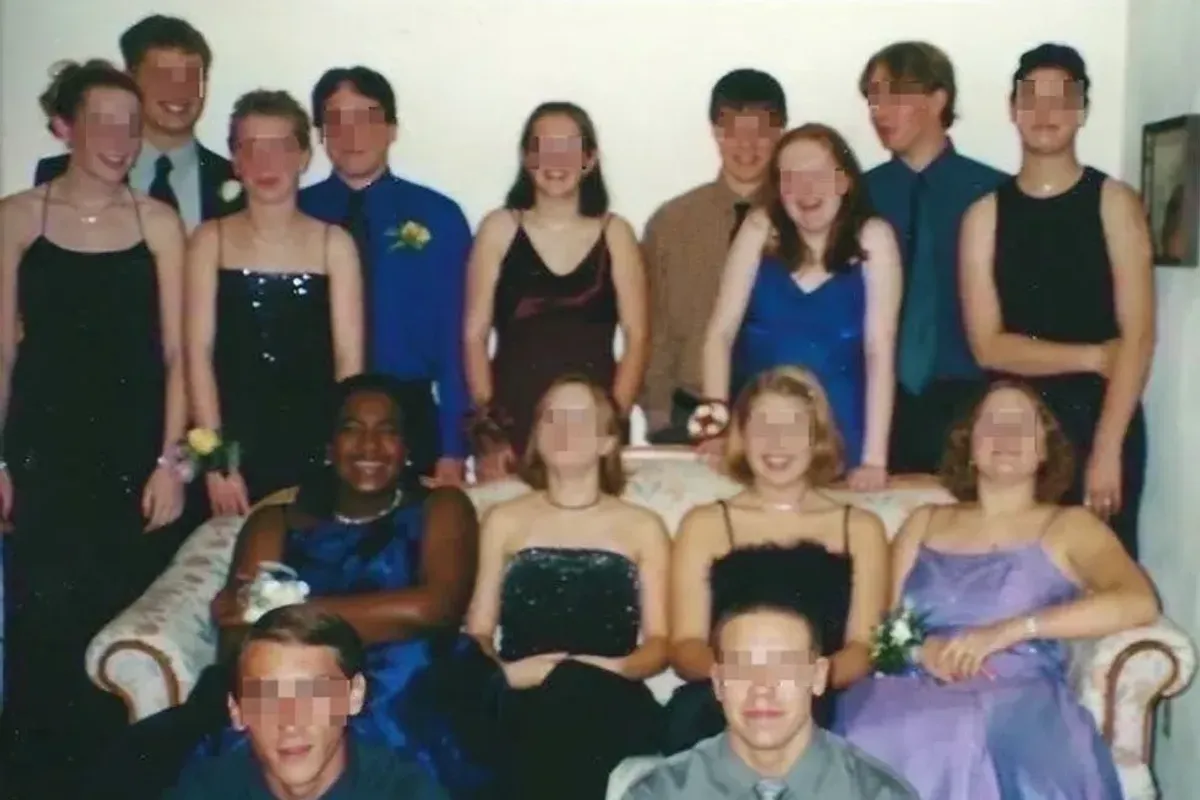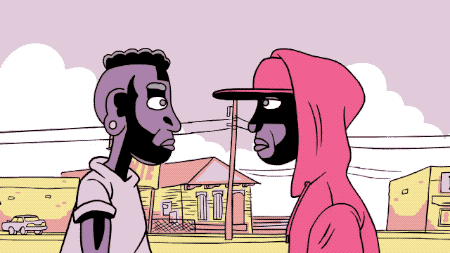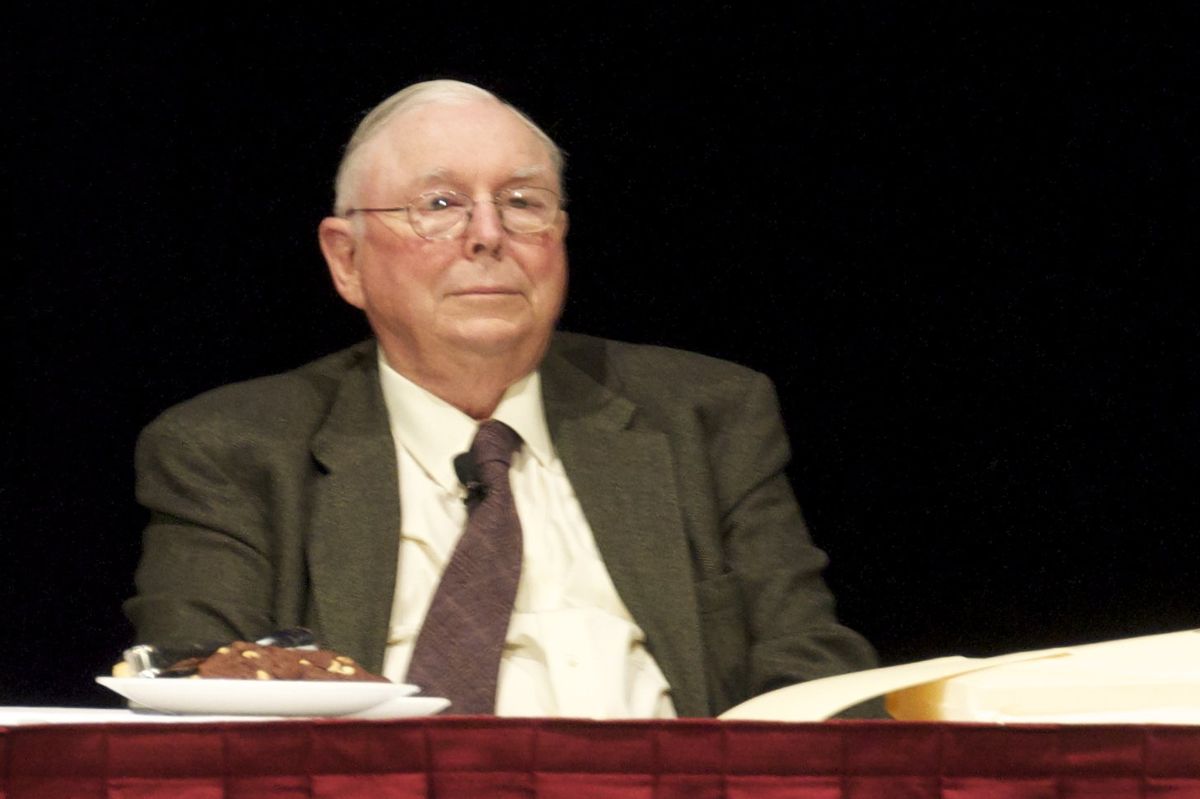
Henry Kissinger spent a full century, plus a few months more for bad behavior, on this planet, but he left his mark. As Secretary of State under two Republican presidents, he helped topple Chile’s democratically elected president, Salvador Allende. He approved of the secret carpet bombing of Cambodia, killing at least 50,000 civilians. He and Richard Nixon aided Pakistan of massacring 300,000 in what is now Bangladesh. He and Gerald Ford secretly approved Indonesia’s invasion of East Timor, leading to more than 100,000 killed or starved to death. Millions of innocents are dead because of his actions.
He was, in the eyes of many, an unpunished war criminal. His reward was a long life and decades of fealty from the Republican Party. Into his 90s and beyond, even Donald Trump knew to kiss his ring, though Kissinger was left predictably unimpressed.
But now he’s dead.
His passing was unceremoniously announced by his consulting firm. They gave no cause of death.
Though the GOP ensured Kissinger lived a comfortable life of swanky speaking engagements, his name was verboten in other circles. Where most presidents would at least coddle him, including the current one, Barack Obama wasn’t a fan. As The New York Times notes:
Mr. Obama noted toward the end of his presidency that he had spent much of his tenure trying to repair the world that Mr. Kissinger left. He saw Mr. Kissinger’s failures as a cautionary tale.
“We dropped more ordnance on Cambodia and Laos than on Europe in World War II,” Mr. Obama said in an interview with The Atlantic in 2016, “and yet, ultimately, Nixon withdrew, Kissinger went to Paris, and all we left behind was chaos, slaughter and authoritarian governments that finally, over time, have emerged from that hell.”
Mr. Obama noted that while in office he was still trying to help countries “remove bombs that are still blowing off the legs of little kids.”
It’s not right to gloat about the passing of anyone. But Kissinger, many on Twitter were quick to note, is a rare exception.
YES
— Is Henry Kissinger Dead Yet? (@DidKissingerD1e) November 30, 2023
HENRY KISSINGER IS DEAD pic.twitter.com/zYEqt230Or
— Kat Abu (@abughazalehkat) November 30, 2023
good riddance to the monstrous piece of shit that was henry kissinger. hope you drop your glasses in hell’s toilet for all eternity. pic.twitter.com/iVrQfrX5dK
— springfieldians (@springfieldians) November 30, 2023
Outside Kissinger’s Funeral pic.twitter.com/WmBGrThIAO
— Katie (@KayTeeeOh) November 30, 2023
“Please be respectful of Henry Kissinger’s memory-..”
The entire fucking world – pic.twitter.com/2JvEJSQs12
— MaceAhWindu (@MaceAhWindu) November 30, 2023
Henry Kissinger died https://t.co/Nn3GwXhaUG
— JP (@jpbrammer) November 30, 2023
Protestors cheer upon learning Henry Kissinger died pic.twitter.com/lTkBuAJO0P
— katie smith (@probablyreadit) November 30, 2023
HE’S DEAD. HENRY KISSINGER IS DEAD. pic.twitter.com/lcQoV4gVSl
— Tad (@RxTad) November 30, 2023
Henry Kissinger is dead! pic.twitter.com/yR8NsFZW81
— Muppet History
(@HistoryMuppet) November 30, 2023
the timeline coming together to properly dunk on henry kissinger pic.twitter.com/UagGBZs6Qb
— sean yoo (@SeanYoo) November 30, 2023
People shared messages from his more prominent haters.
“I am proud to say that Henry Kissinger is not my friend. I will not take advice from Henry Kissinger. And in fact, Kissinger’s actions in Cambodia, when the United States bombed that country, created the one of the worst genocides in the history of the world.”
Bernie, 2016. pic.twitter.com/IH9pbepJuH
— Emissary of Night
(@EmissaryOfNight) November 30, 2023
Including the late Anthony Bourdain.
Super sucks Anthony Bourdain didn’t live long enough to see this pic.twitter.com/eZgXMwY2Dm
— You Call Yourself a Film Critic (@FilmCriticMaybe) November 30, 2023
Henry Kissinger’s death is also an opportunity to remember Anthony Bourdain as a fearless, globe-trotting antidote to American isolationism as he spoke truth to power wherever he saw it misused around the world pic.twitter.com/HBFxoqbxwO
— Mark Lewis (@marklewismd) November 30, 2023
Anthony Bourdain is smiling down from heaven rn pic.twitter.com/z3cV0fYo7V
— Rebecca Pierce (@aptly_engineerd) November 30, 2023
There were jokes.
— John Frankensteiner (@JFrankensteiner) November 30, 2023
I guess Henry Kissinger decided to make like Spotify and call it a Wrap pic.twitter.com/3OA6ihPqSH
— sammy (@YourMajestyVee) November 30, 2023
Henry Kissinger dead on International Day of Solidarity with the Palestinian People? That’s God fr
— هناء (@hanoooonz) November 30, 2023
welcome mr henry kissinger pic.twitter.com/f5AZzN7U2q
— tara (@taraxrh) November 30, 2023
FINALLY KISSINGER IS [REDACTED] pic.twitter.com/Mjl6rZJQMk
— Trap Queen Enthusiast (@marionumber4) November 30, 2023
Everybody is celebrating Kissinger dying and no one is thinking about the low wage workers forced to build an entire new level of hell at depths never reached before. You guys are so anti-labor. #1u
— Mo Weeks (@mo87mo87) November 30, 2023
There were calls not to hold back out of respect for the dead.
Seeing a lot of unkind words about Henry Kissinger.
But not nearly enough.
Don’t be shy. History demands he be remembered for the monster he was. https://t.co/0GTHJng8PX
— Max Kennerly (@MaxKennerly) November 30, 2023
Some shared unflattering moments.
Henry Kissinger picks his nose and eats his booger while at a trade conference in Brazil (1992) pic.twitter.com/RNzXasXhGt
— crazy ass moments in american politics (@ampol_moment) November 30, 2023
Some, though, lamented that Kissinger never had to face the consequences of his actions.
sadly Kissinger probably died comfy his bed, tired from the 100 birthday parties celebrating his 100th. never really faced any real threat of justice for his war crimes & will probably get endless defenses in the coming days. but at least one less literal demon walks among us
— Edward Ongweso Jr (@bigblackjacobin) November 30, 2023
Henry Kissinger lived a century and enjoyed comfort and privilege and went to his grave respected and even beloved by basically everyone in power but whatever cue that crab dance let’s get what we can out of this
— Down Here For Your Soul (@bombsfall) November 30, 2023
thinking today of henry kissinger’s victims
3 million + vietnamese
2.5 million + cambodians
200,000+ laotians
3 million + bangladeshis
10,000+ indians
10,000+ pakistanis
15,000+ egyptians
3500+ syrians
6500+ cypriots
40,000+ chileans
30,000+ argentinians— trans judeo-bolshevik (@transjewtalian) November 30, 2023
Or maybe he secretly died horribly and embarrassingly.
henry kissinger died on the toilet with a poop sticking half way out of his hole. sayonara nasty mother fucker
— actually scared in escape room (@fart) November 30, 2023
(Via NYT)





















